by the gentle author
Today I publish the stories of three East End facades from my forthcoming book THE CREEPING PLAGUE OF GHASTLY FACADISM published on 31st October.
Producing this book has unavoidably cost more than anticipated, so I have set up a crowd-funding page and need to call upon your generous support to help me raise the shortfall of £4,700. Please click here if you are able to contribute towards publication
You can also offer support by ordering a copy in advance for £15. Click here to preorder
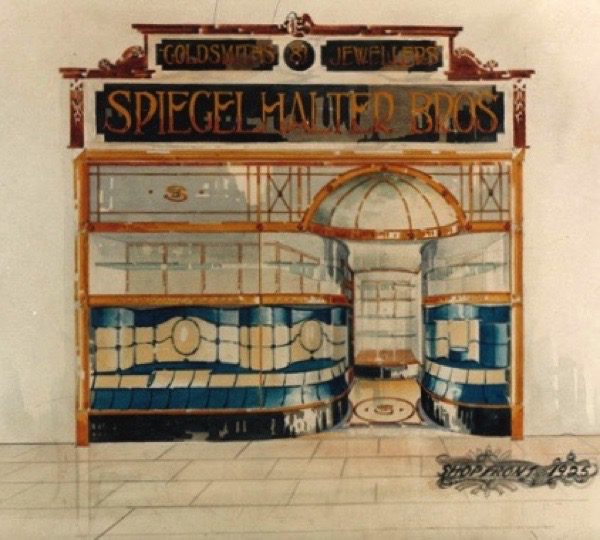
Spiegelhalters shopfront of 1925 with its mosaics and curved glass survived until recently
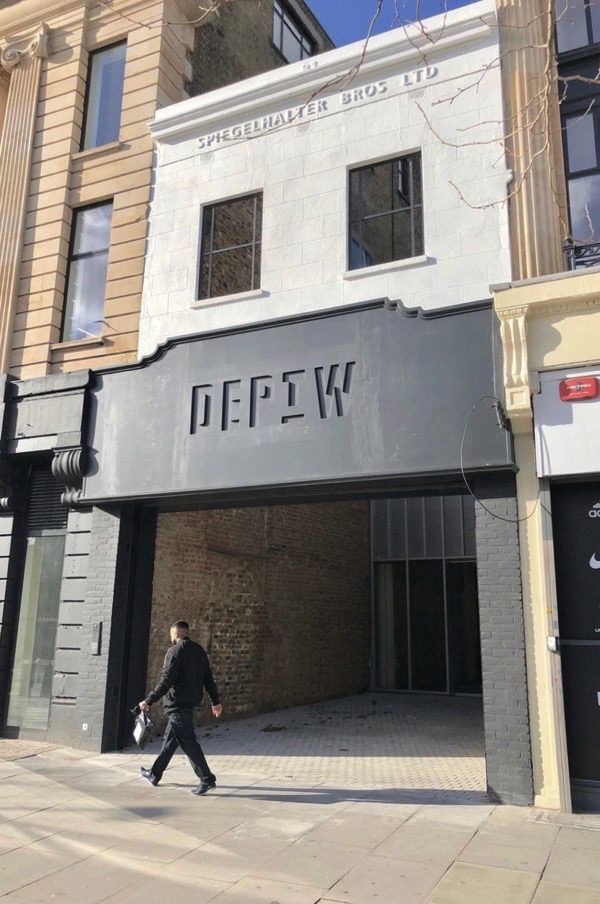
Spiegelhalter Brothers, 81 Mile End Rd, E1
Georg Spiegelhalter opened his watch and clockmaker and jeweller’s shop in Whitechapel at 6 Mount Place in 1828 after he emigrated from Neukirch, Germany. His son Otto moved the business to 81 Mile End Road in 1892. Otto had fifteen children and, when he died in 1902, the shop was taken over by his sons – the Spiegelhalter brothers, Edward, Emil, Leo, Frank & George – who had been born on the premises.
Built in 1927, Wickhams Department Store in the Mile End Road aspired to be the ‘Harrods of East London.’ The developers assumed the small shopkeepers in the terrace would all fall into line and agree to move out so their new store could proceed. But they met their match in Leo Spiegelhalter who refused and the characterful old shop famously remained sandwiched in the middle of the generic neo-classical department store even after Wickhams closed in the sixties.
George’s son Michael Spiegelhalter continued in the shop until 1988 and the elaborate nineteenth century frontage with its curved glass and mosaic survived until recently.
The planning application to redevelop the department store as offices claimed ‘the attractiveness and uniformity of 69–89 Mile End Road is only marred by 81 Mile End Road which is inferior in terms of appearance, detailing and architecture.’ Yet Spiegelhalters was described by Ian Nairn as ‘one of the best visual jokes in London’ and, after a public outcry, the developers were forced to keep the Spiegelhalters façade, rather than adopt their preferred option of an architectural void.
The Spiegelhalter family continue to trade as jewellers in Penzance.
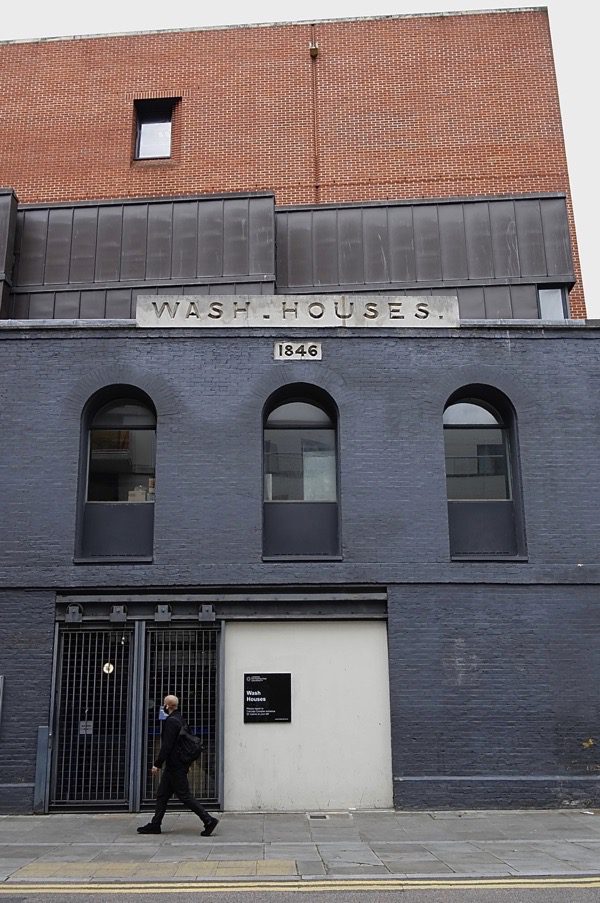
Whitechapel Public Baths, 25 Old Castle St, E1
Following Edwin Chadwick’s sanitary report of 1842, a Committee for Baths for the Labouring Classes was formed in October 1844, spurred on by concern to prevent further outbreaks of cholera. The Committee agreed to make their first intervention in Whitechapel and subscriptions were sought.
Inspired by the 1846 Baths & Washhouses Act, this pioneering facility where people could wash themselves and their laundry was designed by Price Pritchard Baly and completed in 1851. Its con- struction was utilitarian, combining brown brick walls with an iron roof. The Builder lauded its ‘useful’ design but described the scheme as entirely devoid of the ‘beautiful,’ noting that its appearance was ‘not simply plain and unpretending, but downright ugly.’
Lack of funding forced the Committee to abandon its ambition to build four bathhouses of several storeys each and the single storey Whitechapel Baths was their only success.
The bathhouse closed in the nineteen-nineties and was rebuilt as the Women’s Library in 2002. Since 2013, it has become an events space for London Metropolitan University.
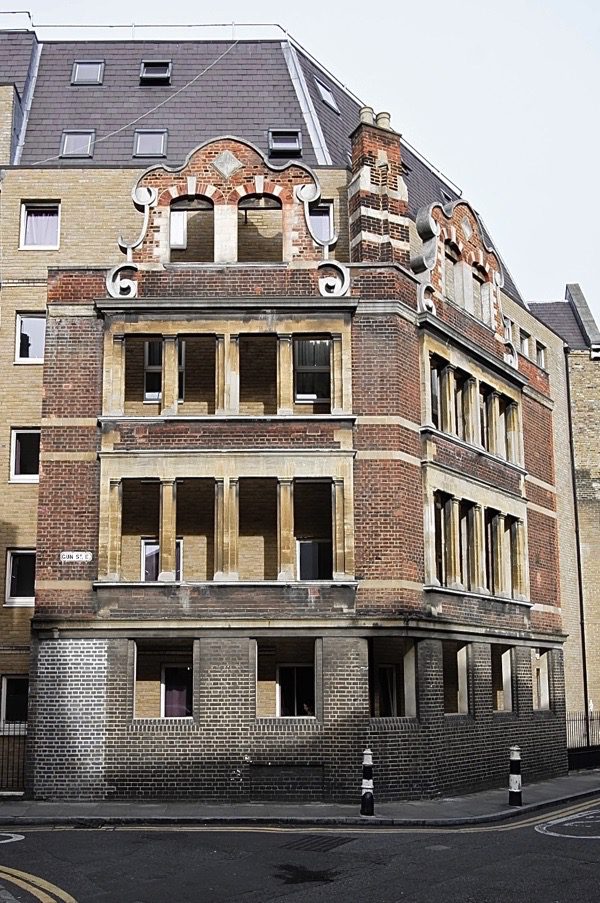
The Cock & Hoop, Artillery Lane, E1
Thomas Lloyd is recorded as the first landlord in 1805. Victualler Nathaniel Gill married Maria Elizabeth Bradbrook, a baker from Bethnal Green, in 1849 and died a few months after their marriage. Maria took over managing the pub and started the Cock & Hoop Ragged School there, employing William Wright as master. The pub was renamed The Artillery Tavern in 1873 and may have been rebuilt at this time, closing for good in 1908.
Then the building was incorporated as additional accommodation for the Providence Row Night Refuge & Convent which faced onto the next street, Crispin Street. In 1982, it was described as Pursell House, ‘hostels for working girls.’
The Providence Row Night Shelter which had opened in 1867 closed in 2002 and, after reconfiguration, was converted into student housing for the London School of Economics in 2006.
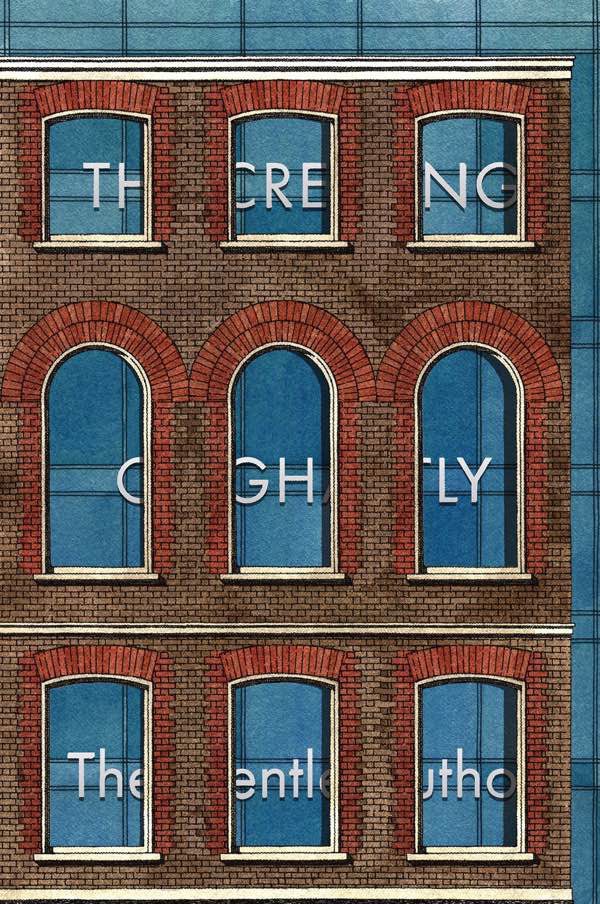
CLICK HERE TO ORDER A COPY FOR £15
“As if I were being poked repeatedly in the eye with a blunt stick, I cannot avoid becoming increasingly aware of a painfully cynical trend in London architecture which threatens to turn the city into the backlot of an abandoned movie studio.”
The Gentle Author presents a humorous analysis of facadism – the unfortunate practice of destroying an old building apart from the front wall and constructing a new building behind it – revealing why it is happening and what it means.
As this bizarre architectural fad has spread across the capital, The Gentle Author has photographed the most notorious examples, collecting an astonishing gallery of images guaranteed to inspire both laughter and horror in equal measure.
You may also like to take a look at
The Creeping Plague of Ghastly Facadism